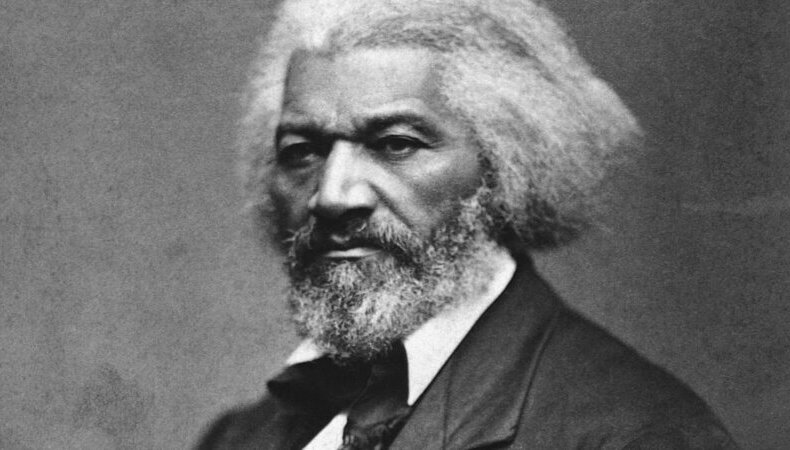David W. Livingstone is an Associate Editor of VoegelinView and a Professor of Liberal Studies and Political Studies at Vancouver Island University. He is editor of Liberal Education, Civic Education, and the Canadian Regime: Past Principles and Present Challenges (McGill-Queen's, 2015).

